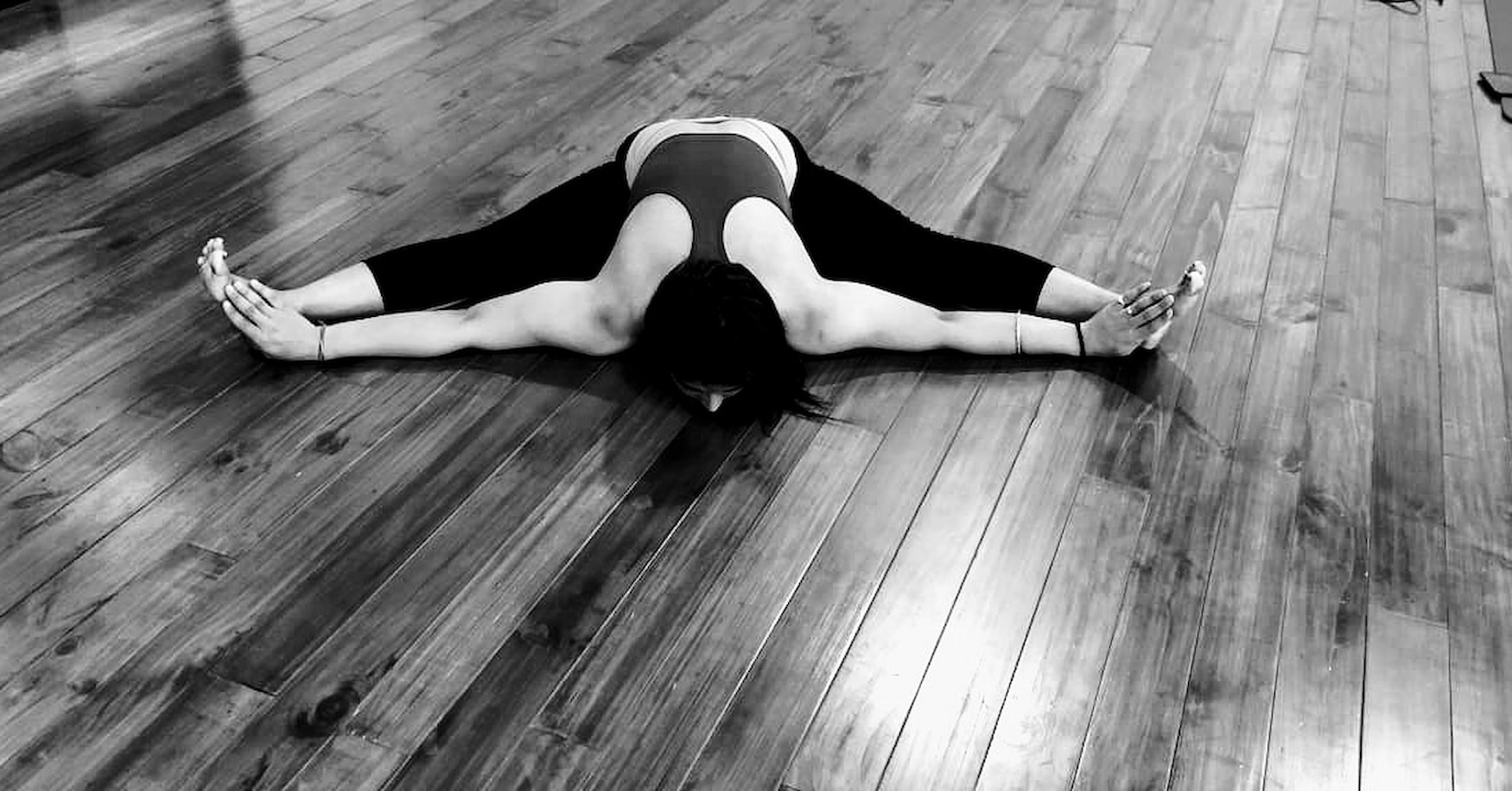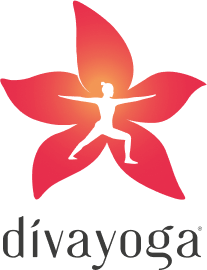What is PCOS and Yoga for PCOS

What is Polycystic ovary syndrome (PCOS)?
Polycystic ovary syndrome (PCOS) is a common problem caused by an imbalance of hormones. This imbalance creates problems in the ovaries. The eggs in the ovaries release every month in a healthy menstrual cycle. With the PCOS condition, the eggs may not be released during ovulation as they should be.
PCOS causes irregular menstrual cycles and can lead to infertility, diabetes, thyroid, endometriosis and other lifestyle conditions.
Yoga for PCOS has proven to be effective in managing this condition. Before we take a look at the asanas that help with PCOS, let’s take a look at the symptoms.
What are the systoms of PCOS?
- Irregular menstrual cycle
- Excessive hair on the face or other parts of the body where men usually have hair. This is called "hirsutism."
- Acne
- Thinning hair (male-pattern baldness)
- Weight gain or difficulty losing weight
- Skin darkening on the neck, in the groin, and underneath the breasts
Yoga for PCOS:
1. Upavistha Konasana:
This pose in yoga for PCOS flow stimulates the abdominal organs and regulates your menstrual cycle. If performed regularly, it can also help in easing menstrual cramps.

Steps:
- Sit in a simple cross leg position.
- While inhaling keep the legs apart.
- While exhaling, hold the respective big toes with the first three fingers.
- While inhaling, look upwards.
- While exhaling, bend forward and keep the forehead on the ground, closing the eyes and breathing for 5 times.
- While inhaling, come up and leave the big toes.
- While exhaling, join the legs.
2. Baddha konasana:
This is a very relaxing and effective pose in yoga for PCOS. It stretches the groin, stimulates the pelvic region and helps in relieving back pain during menstruation.

Steps:
- Sit in a simple cross-legged position.
- While exhaling, join both the soles and hold the respective big toes. Inhale there itself.
- While exhaling pull the legs towards the body such that heels press the perineum.
- While inhaling, look upwards.
- While exhaling, bend forward and keep the forehead on the ground; press both the knees towards the ground with the help of respective elbows. Close your eyes and breathe 5 times.
- While inhaling, come up and leave the hands. Exhale there itself.
- While inhaling, stretch the legs in front.
3. Bharadvajasana:
The next pose in the Yoga for PCOS flow is Bharadvajasana. The gentle twist in this pose stimulates the abdominal muscles and pelvic region, thereby helping one regulate the hormones, ease menstrual cramps and relieve back pain.

Steps:
- Sit in a simple cross-legged position.
- While inhaling, fold the left leg backwards and keep the left foot near the left buttock.
- While exhaling, fold the right leg and keep it over the left thigh. Inhale there itself.
- While exhaling, turn the waist towards the right side, keep the left palm below the right knee and hold the right big toe by the right palm from the back side. Looking right back, breathe for 5 times.
- While inhaling, turn front and leave the hands. Exhale there itself.
- While inhaling, stretch the right leg in front.
- While exhaling, stretch the left leg in front.
- Similarly practice on the left side.
Best Effective Yoga Poses And Tips for Reproductive Organs
4. Ardha Matsyendrasana:
This pose is similar to Bharadvajasana and works effectively for women with PCOS.

Steps:
- Sit in a simple cross-legged position.
- While exhaling, fold the left leg and keep it below the right thigh.
- While inhaling, fold the right leg vertically and keep it on the right side of the left knee joint.
- While exhaling keep the right foot on the left side of the left knee joint. Inhale there itself.
- While exhaling, turn the waist towards the right side, push the right knee joint with your left hand. Looking right back, breathe for 5 times.
- While inhaling, turn front and leave the hands. Exhale there itself.
- While inhaling, keep the right foot on the right side of the left knee joint.
- While exhaling, stretch the right leg forward.
- While inhaling, stretch the left leg forward.
5. Viparita Karani:
Include this posture in your Yoga for PCOS and practice it regularly in order to regulate the menstrual cycle and relieve stress.

Steps:
- Lie down supine on the floor. Join the legs and keep the hands below the respective thighs.
- While inhaling, lift the legs, buttocks and back upwards and keep the legs perpendicular to the ground. The trunk should make an angle of 45 degrees, in the final position the whole body weight should be brought over the elbows, shoulders and neck (chest should not touch the chin), closing the eyes, and breathing 25 times.
- While exhaling, in a rolling motion bring down the body and lie down supine.
- After the practice of viparita karani one should take a few breaths in a supine position.
Along with practising the poses given in the Yoga for PCOS flow, making dietary adjustments starting about 14 days before a period may also help some women with certain mild menstrual disorders such as cramps. For example: eating plenty of whole grains, fresh fruits and vegetables, and avoiding processed food and junk foods. Limiting salt may help reduce bloating. Limiting the intake of caffeine, sugar and alcohol is also beneficial.
